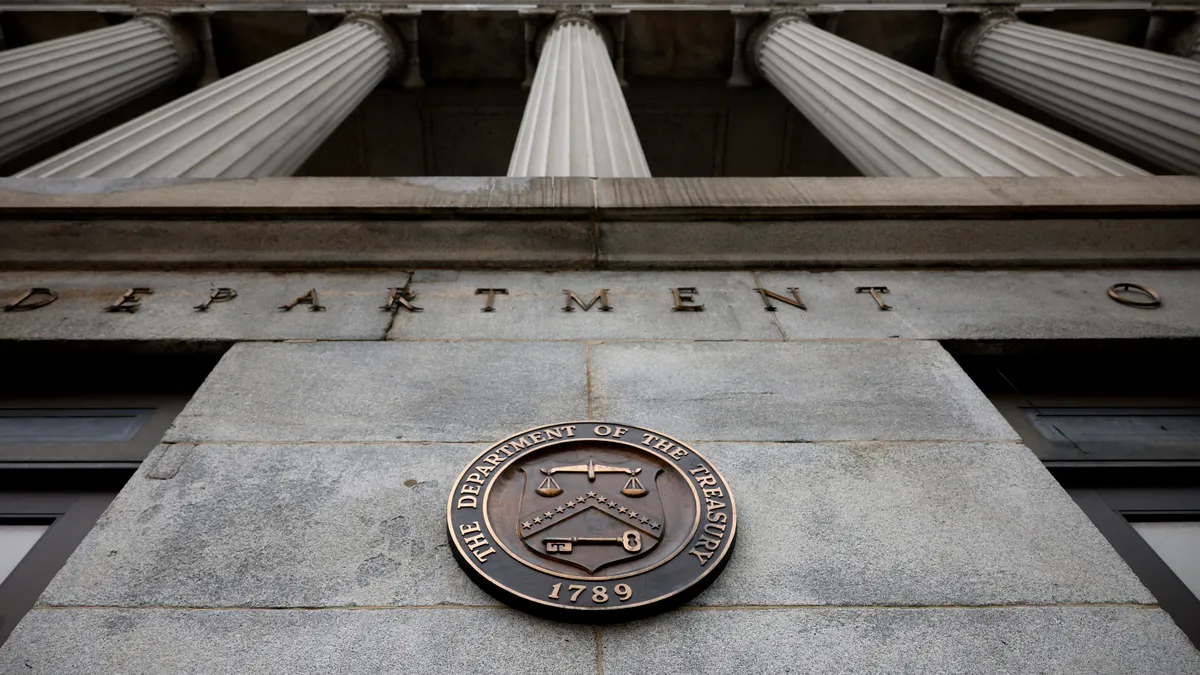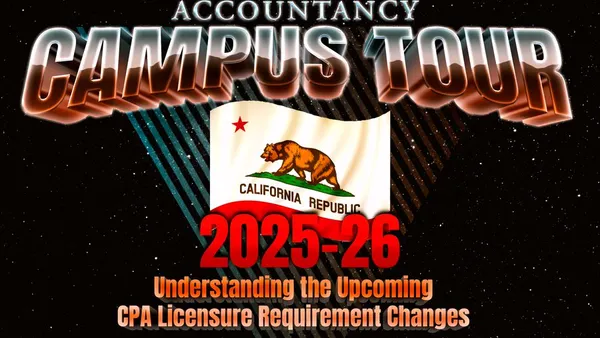When the Treasury Department last month dropped over 600 pages of proposed regulations detailing how the 15% corporate alternative minimum tax will be implemented, businesses were eager to get the clarity they’ve been clamoring for since President Biden signed the CAMT into law with the Inflation Reduction Act in 2022.
But the specifics that businesses got from the Treasury may not have been all that they were hoping for, as some parts of the proposed rules indicate the new tax is on track to pose a bigger compliance burden than might have been anticipated, according to Tim Powell, a tax partner with the Big Four firm Ernst & Young.
“From a cost of compliance standpoint, it tilts toward the negative,” Powell said of the proposed regulations, adding that he thinks the number of companies that will be subject to the tax is a much smaller subset than the number of companies that will have a compliance burden, which he pegged in the thousands.
While some early projections pegged the companies that would b subjected to this new tax at roughly 150 or so large companies that earn more than $1 billion annually, the newly proposed regulations cement the expectation that the tax’s complexity will require financial executives at many more companies to prepare for it, as CFO Dive previously reported.
The regulations aren’t final yet. Companies and taxpayers can file public comments through Dec. 12, and a public hearing on them is set for January. Given that it’s a new tax regime, Powell expects the feedback to be considerable.
“I would be surprised if final regs end up being identical to these proposed regulations,” Powell said. “This is very new to a lot of people including the government so it’s susceptible to change for that reason.”
For now, Powell outlined several elements of the newly released regulations that CFOs and businesses should be aware of — and they are not all onerous for businesses. They include:
- Permanent safe harbor: A proposal in the new regulations would make permanent the “safe harbor” or simpler approach to determining whether a company is subject to the tax. Under this structure, companies can generally look to their financial statements to pull what is basically a three-year average income to determine the tax’s applicability, and that’s all a company needs to do to prove they are not subject to CAMT, Powell said. “They’ve done a pretty good job at trying to make that as simple as they can for taxpayers, to provide an easy out,” he said. Still, the process is more complicated for multinational companies owned by entities outside the U.S. In that case, they must look at the worldwide income of their organization to see if that exceeds $500 million under the safe harbor provision, and must also review the income of the company’s U.S. group, which must be under $50 million to be protected by the safe harbor.
- Partnership contributions to be recognized: Before the new regulations, prior guidance had allowed that corporations that had investments in partnerships did not have to reflect gains or losses in their computation to determine if their company must comply with CAMT, Powell said. “One of the big changes is the proposed regs deviated and said, ‘actually we’re not going to treat them as non-recognition, we’re going to require recognition on those, but rather than picking up the gain or loss all at once, we’re going to let you to spread that over a period of time,’” he said, calling the change a “less favorable” result for taxpayers that have heavy investments in partnerships.
- Accounting for partnership’s operations up and down the chain: Until the regulations came out, there was no guidance on how a company that invested in a partnership should reflect its share of income from the partnership’s adjusted financial statements, Powell said. Some companies were hoping that there would be an alternative and simpler approach for partnerships, in which a company would not need to provide information on a partnership it had invested in it were just a minority investor. “The regs did provide guidance on that but maybe not the guidance most folks were hoping for,” Powell said. “They require that you have to ask all the partnerships all the way down the chain to pass that information up the chain all the way up to the corporate partner.”















